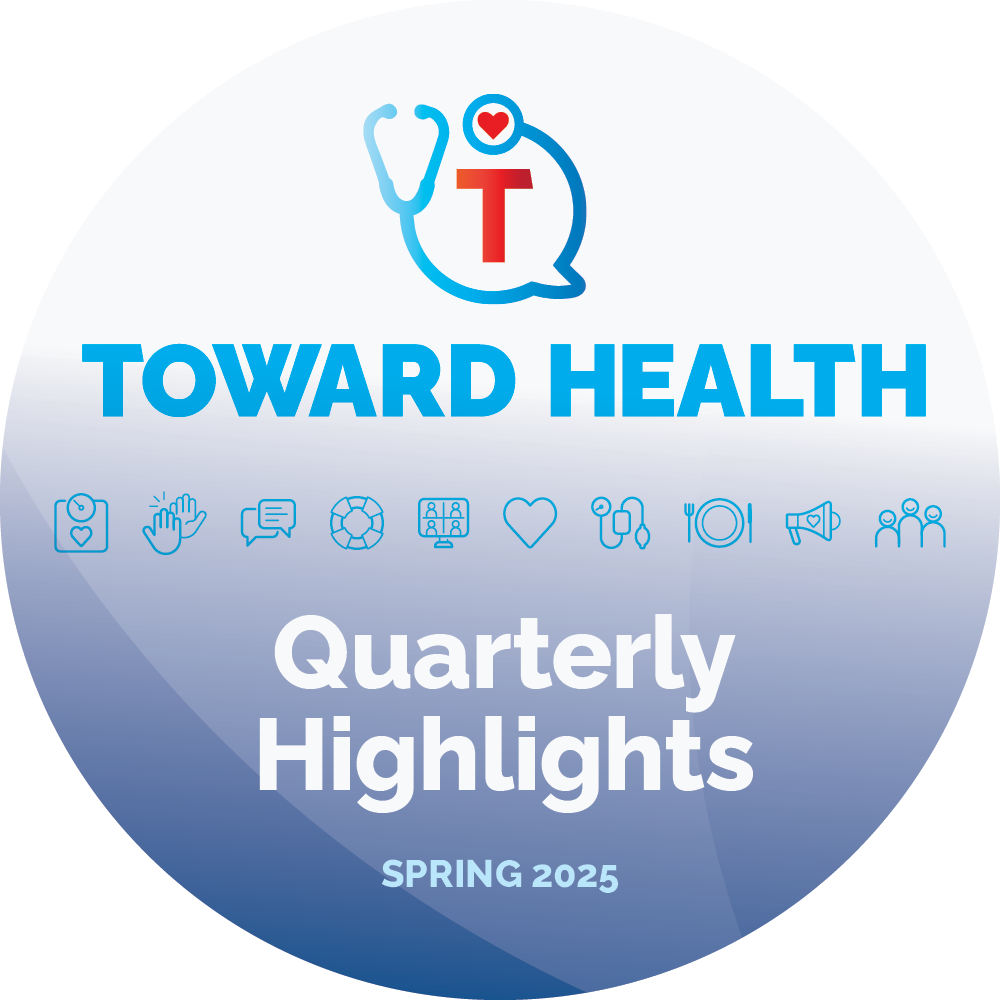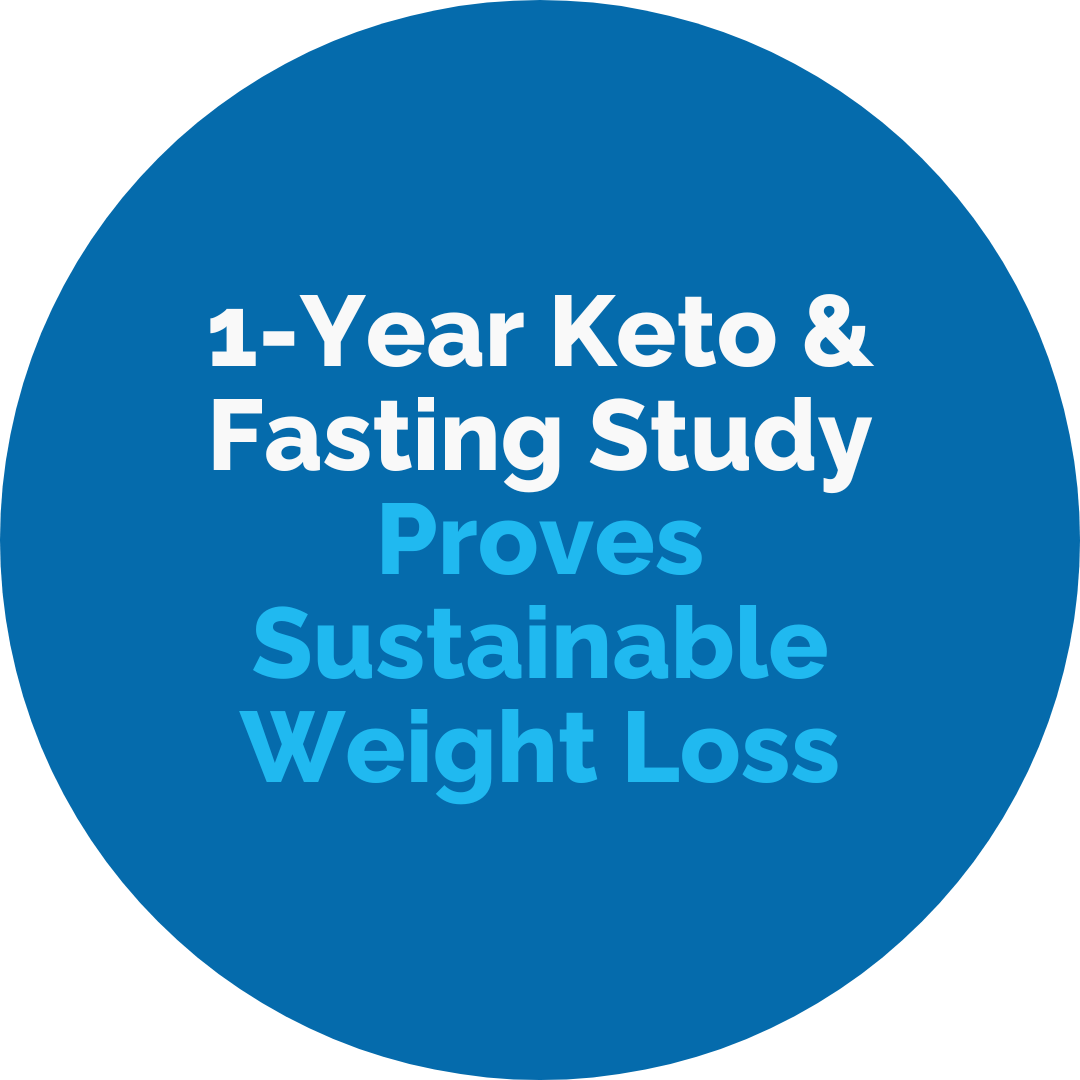 Over the last 3 weeks of our #WhyWait2024 challenge, we have talked about the basics for a healthy lifestyle: why and how to keep carbs low, utilizing technology and community to stay accountable, and creating and executing plans for exercise, time-restricted eating and fasting.
Over the last 3 weeks of our #WhyWait2024 challenge, we have talked about the basics for a healthy lifestyle: why and how to keep carbs low, utilizing technology and community to stay accountable, and creating and executing plans for exercise, time-restricted eating and fasting.
How are you doing on these goals? Hopefully you have pushed yourself and learned some things in the process. What is working well? What are you doing now that you might not have been doing a month ago?
This month I have:
- Increased protein and removed most low carb replacements and processed foods from my diet
- Assessed and strategized to avoid binge triggers
- Recommitted to both exercise and fasting with a written out and scheduled plan for each.
All in all, I am in a good and empowered place after a period of things feeling unintentional and haphazard.
But… I’ve been here before and know it can go as quickly as it comes. And once it does go, it is incredibly hard to get back. Imagine capturing lightning in a bottle. Twice. For some of us, me included, it has been many more times than that.
What if we had a clue that trouble was coming with some red-alert alarm? What if we could identify the signs we were headed in the wrong direction early enough to steer ourselves in the right one?
Turns out we can.
What are the things you are doing when you feel on your game? Are you keeping carbs low, exercising regularly, drinking water? Is maintaining a healthy lifestyle front of mind?
And now consider the things you do when your lifestyle has hit the wall and you’re in a tailspin.
What are you telling yourself in each scenario?
The gap between the two is where those red alarm warning signs live. What does that look like and how do we figure it out?
Start by making two lists.
One list has all the things you are doing when you are on your game and feeling strong, impenetrable. This is your Bulletproof List. On the other list are all the things you do when you are off-course or veering dangerously close to the edge. This can be painful to look at, so try to pull away the shame and harsh self-judgment long enough to shine a light on your Vulnerable List.
What, specifically, do you do and think in each of those scenarios? Draw lines between the first list and the second, a road map that takes you from one place to the other. What does that landscape look like?
If on one list you are drinking water, seltzer and black coffee and the other one you’re drinking lots of diet soda and coffee with tons of heavy cream, then when you find yourself making a switch from water, it’s a sign to take a look. That’s not to say that drinking one Diet Coke is a bad thing, but if you take an honest look at your patterns and notice that every time you’re eating in ways that don’t align with your goals there are lots of diet sodas or heavy cream being consumed, when you find yourself drawn to drinking more and more of those things, it’s a sign to pay attention.
If on your Bulletproof List you avoid most processed foods, even the low carb ones, but when in Vulnerable territory you are eating lots of packaged foods, that is a sign to pay attention. If on one list you feel calm and the volume of the mental food chatter is low, but on the other the food chatter is a never-ending drumbeat or an incessant clanging, then when that volume is up it is a sign to wake up and pay attention.
And so it goes.
I used to believe when I “fell off the wagon” it just happened, but now when I backtrack, I can almost always draw a line. There are signs.
The problem is that once the train has left the station it is nearly impossible to pull it back in. Once you’re off-the-rails? Even harder. But if you can identify those signs before the train leaves or worse, is off track, you can intervene.
In practical terms, these are my own personal warning signals showing me that danger is ahead, and I need to pay attention:
- The food chatter and mental negotiating are way up to buy foods that make me want to eat endlessly or that I have never been able to moderate. I count many low carb replacements in this category.
- I don’t have low carb, high protein foods readily available
- I don’t exercise, walk or stretch every day
- I am drinking lots of diet soda
- I am regularly doing (or negotiating to do) things I would feel the need to hide or explain if someone came into the room unexpectedly
In isolation, none of the things on my list are overly problematic, but when I hear myself negotiating or engaging with two of them, I need to be on alert. Three or more? I am probably already in dangerous territory.
Sometimes when patients are dealing with cravings or food noise, we advise them to distract themselves, and that is a good strategy, but with this list, I believe the right move is the opposite: avoid distraction. In this scenario distraction is how our inner terrorist finds a hole in which to worm its way in. So rather than ignore these signs and shrug them off, I believe it is crucial to pay attention and make a sharp turn to avoid the lifestyle disaster that awaits if we let them slide.
That shift can be any number of things: forcing yourself to go for a walk, drinking a few glasses of water, or leaning into the concept of eating more satiating foods to quiet a reward-seeking, likely stressed-out brain. These warning signs allow you the chance to intervene and avoid crash-and-burn-I’ll-start-over-on-Monday.
When I hear myself negotiating any of the things on my list, it is like a canary in the coal mine — a sign that trouble is coming and to pay attention. They are a sign to make a plan, to pivot. Eat more. Stay full. Stay aware. Stop the negotiating by actively telling myself the truth about all the ways this activity has ended in the past.
My good intentions can vanish as quickly as they come, so I guard them as if my life depends on it. Because it very well might.
Participate in the #WhyWait2024 community challenge by downloading the TOWARD HEALTH app for support and engagement from coaches and others on a similar journey. Plus, check out an insightful article on understanding your triggers.




